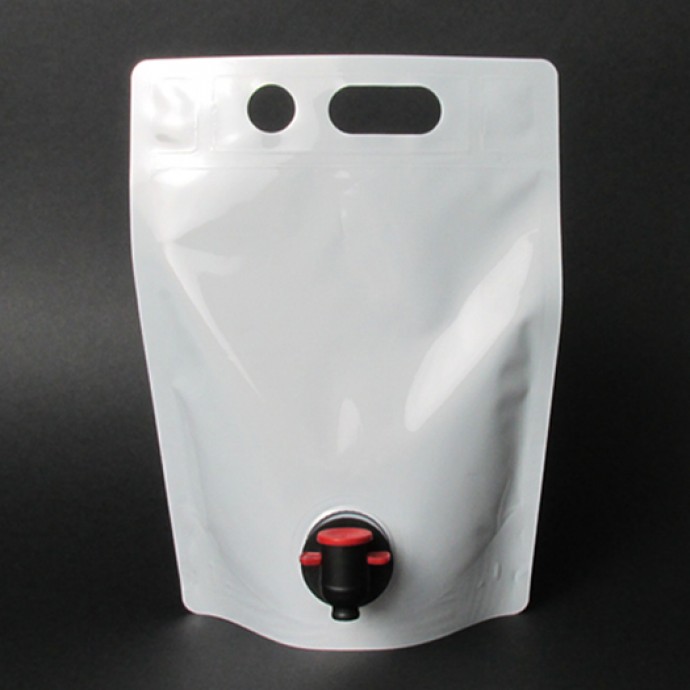
Case Study: Sterility Testing
Over the years we have had a number of companies approach IMPAK with a request for a quotation because the flexible packaging they had on hand was “out of date,” or past the manufacturer's “expiration date.” Although Mylar bags may seem to last forever, we know that they will degrade over a course of several years, and if your application requires that the packaging is sterile, how long does that sterility last?
The use of expiration dates began in the 1970s and is primarily associated with food products. In time, consideration was given to the stability of industrial products, as many are prone to degradation over time that may render the product unfit for use. Of course, some products will have a longer “useful life” than others depending on the stability of chemical components and a variety of other factors. But in many cases, the determination of an “expiration date” seems to be arbitrary.

contaminant testing
The U.S. Department of Defense describes expiration dates for industrial products as “the date by which an item must be used (expiration date) or subjected to inspection, test, restoration, or disposal action; or after inspection/laboratory test/restorative action that an item may remain in the combined wholesale (including manufacture’s) and retail storage systems and still be suitable for issue or use by the end user.” By this definition, an “expiration date” does not necessarily mean that an industrial product is no longer viable, but that its viability should be verified.
Flexible packaging products made from materials such as Mylar® will commonly maintain usability for years. But what if that packaging is intended for use with food products, pharmaceuticals, or medical devices? For sterilized products, current guidance is less concerned about the amount of time from when a product was sterilized and more concerned about the integrity of the outer packaging containing that sterile product - if the packaging is compromised, so is the product’s sterility. Nevertheless, for products that have remained unused for long periods of time, assurance of stability and sterility becomes increasingly important.
When Quality and Safety Are Paramount
In 2024, a major distributor of fresh fruit products contacted IMPAK about getting a quote for new liquid product packaging. In the course of discussing the customer’s needs, IMPAK’s technical staff asked, "What is the root situation at your company?” Subsequently, we learned that they still had 78,000 of the original 100,000 custom-printed spout pouches they ordered from another supplier. As is standard in this market, these pouches were delivered with high barrier properties, ability to withstand a wide range of Ph factors, and most of all, STERILE.
Through a series of tests, we provided the following: material structure was still sound, seal strength was still sound, and the pouches continued to be free from microbial contamination, confirming continued sterility. Tests conducted included:
- Oxygen Transmission Rate (OTR) - ASTM 0-3985
- Water Vapor Transmission Rate (WVTR) - ASTM F-1249
- Seal Strength - ASTM F88
- Leak Testing - ASTM D3078
- Microbial Testing - ISO 4832, ISO 4833-1, ISO 21527-1
- Sterility Testing - USP-NF <71>
This is a perfect example of a situation in which we could have told the customer that nothing could be done, and proceeded to quote them for new product. We were already perceived as a competitive quality supplier, and they would have had to reorder. Our solution was to help them use the product that we at IMPAK did not actually produce. We call that being environmentally responsible.
Learn more:
IMPAK Product Testing Services
